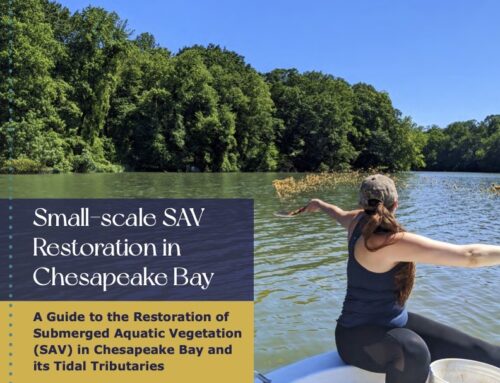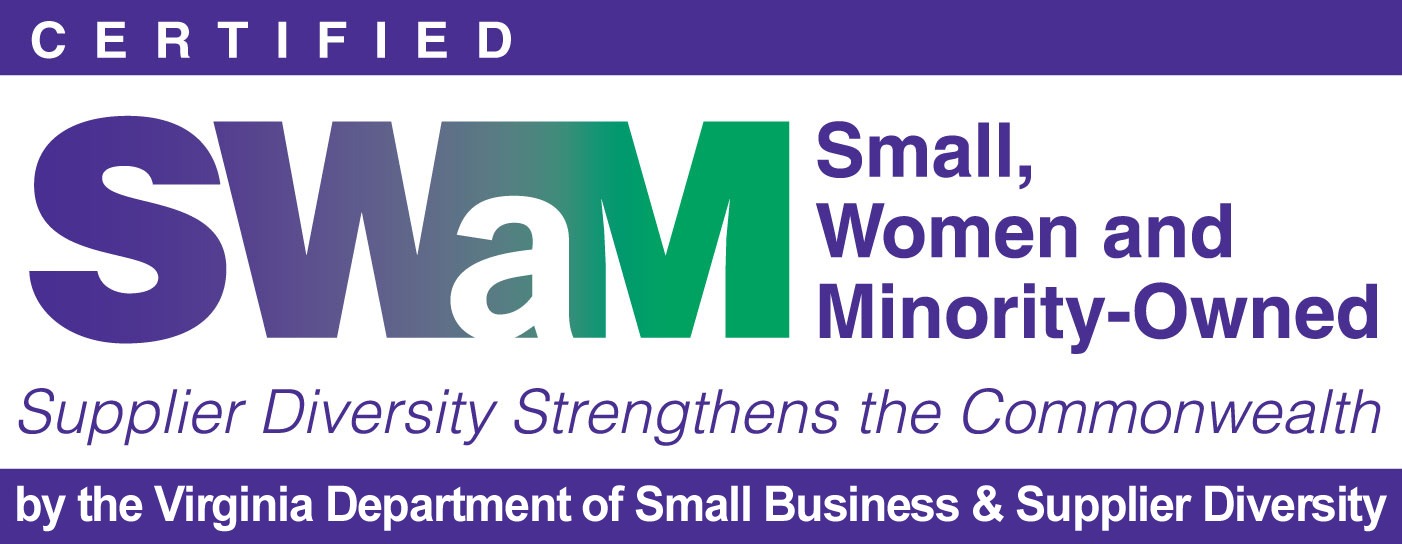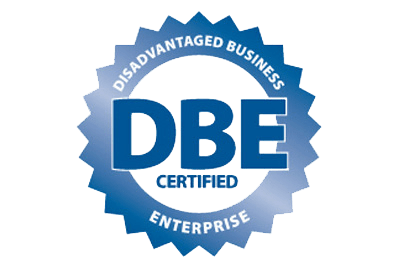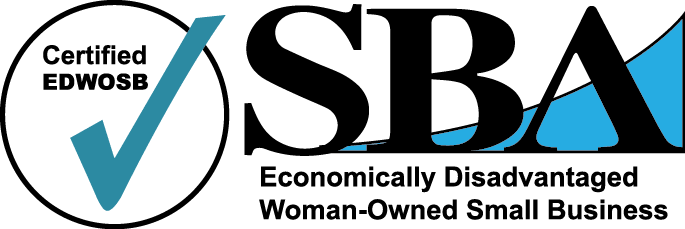We have reviewed literally thousands of applications for environmental internships. Although we only hire a couple of interns each year, we assist other groups with their hiring processes and participate in career fairs year-round. This gives us a bit of a unique perspective on the spectrum of applications – ranging from yikes to wow.
Internships are the gateway to future careers and we want to see the environmental field continue to grow with the next generation of creative and committed environmental professionals. That is why we're dishing out tips about the internship application process. Our advice might be useful to students applying for internships in any field, not exclusively those interested in environmental internships.
Competition is always fierce for the relatively small number of available environmental internships. For example, one recent process we led for NOAA resulted in almost 300 applications for 3 internships. As in 100 applications for each position. So here are a few tips to make your application stand out – in a good way – and avoid common mistakes.
Tip 1: Where can I find environmental internships?
The first question students usually have is where to even look for internship opportunities. There are many available resources to keep in mind. First, check with your academic advisor or your university's career center for a current list of internships. They make a point to stay in touch with organizations that can provide career experience for their students.
Professional Networking
Another option is to look for organizations, including professional networking groups, aligned with your interests and make contacts there to find out where and when they post internship announcements. This could be an agency where you would love to work or even active online professional groups (e.g., special interest groups on LinkedIn, Facebook, professional organizations, etc.).
Local Resources
Other options can include zoos, aquariums, museums, and research labs. Don't be afraid to reach out to at these organizations and ask if they know of any upcoming internships within their own offices or in others. In some cases, organizations might have the flexibility to create internships for students with particular skills and interests. Informational interviews (we have a whole other blog post for this), where you speak with professionals in a field of interest, are another great way to help students identify interests and opportunities.
You may find both paid and unpaid internships. Use your own judgment about where you want to focus your energy. Our experience speaks primarily to paid internships, but if an unpaid internship with a great organization is an option, don't discount the opportunity to make an impression on their team.
Once you find a list of internships and are ready to begin the application process, make sure you take note of all of the requirements for each one, including the application deadline and requested materials. You will likely need to provide some combination of a cover letter, resume, writing samples, references, and transcripts.
Tip 2: You can look at example cover letters for ideas, but no copying and pasting!
For the content of your cover letter, you may find referring to a template helpful for overall structure and how they are typically written, but avoid using the language you find in the template. Hiring managers know when you have copied a cover letter template almost verbatim.
During a recent internship application review process, we encountered dozens of letters using the same ill-advised phrasing, along the lines of "After reviewing your job description, it's clear that you're looking for a candidate that is extremely familiar with the responsibilities associated with the role and can perform them confidently." Yes, we were looking for a candidate who met the qualifications that we listed. Aside from the fact that sentence is circular in its logic, it is apparent that multiple applicants were using the same boiler plate language they found somewhere online. Feel free to use a template as a guide, but make it yours. And most importantly, tailor it to the position and organization to which you applying.
Tip 3: If nothing else, at least get the salutation right!
This may sound obvious, but make sure that you address your cover letter to the correct hiring manager. When submitting multiple applications, it can be easy to slip up and submit a cover letter addressed to the wrong person. You can, and should, apply to multiple internships to increase your chances of landing one. But we have lost count of the number of cover letters that we have received that were addressed to another organization. Spoiler alert: Those applications do not rise to the top of the stack. Your attention to detail on the application materials speaks to how you may perform on the job.
Tip 4: Your cover letter should be all about how your experience and background make you the ideal person for the job.
The cover letter is the place for you to sell your experience and capabilities to the person or people who end up reading it. A well written cover letter more than anything else will greatly increase your chances of at least getting to the interview stage. One of the first steps in writing a great cover letter is to make sure you read the position announcement. As an organization that screens hundreds of applications a year, that sentence is worth repeating. So, MAKE SURE YOU READ THE POSITION ANNOUNCEMENT. As simple as it sounds, it is all too often overlooked.
What To Look For
As you read the position announcement, take note of the duties and tasks that the position entails and any skills or previous experience that the hiring organization desires/requires. Once you have this information, use the cover letter to describe how the experience you've gained in in your college courses and previous jobs and internships make you well qualified to carry out the duties and responsibilities of the position.
As an example, if an internship is focused on analyzing water quality data and the position announcement details how applicants should have familiarity with water sampling equipment and field work, don't use the cover letter to discuss your love of the outdoors and how important you think it is to recycle plastic bottles! Write your cover letter to the job description and specifically, call out your relevant skills and experiences. We've read a lot of cover letters that make no mention of the applicant's skillset and in these cases, we generally don't spend the time to look for all of those details in the resume. Don't make it hard on the reviewer. We've got hundreds of other applications to read through and if you can't take the time to tell us why your skills make you the best person for the position, we'll find another applicant who can.
Know What You're Applying For
It's always a good idea to do a little research on the organization to which you are applying. Organizations appreciate when applicants have taken the time to understand their mission. A nice wrap up to your cover letter is to demonstrate that you understand what that mission is and the work they do. Don't try to wing it because you definitely won't fool the person reading your cover letter! This becomes even more important during the interview stage.
In summary, your cover letter should start with the basics – where you are going to school, what year you're in, and what your major is. You should then describe how your skills meet the requirements of the position and therefore make you an ideal candidate. You can then wrap up by demonstrating a little knowledge about the organization to which you are applying but keep it brief.
Tip 5: Your resume should be clear and concise.
Resumes should be very easy to read. You can find lots of examples online. After reading your resume, the reader should know your level of education, past work history, relevant skills, and honors and awards. We aren't going to spend much time discussing specific resume details here because unless your cover letter shines, reviewers might not be encouraged to spend time on your resume. The most important thing to remember is that it should definitely back up the statements about skills and experience that you made in the cover letter! If the cover letter is the place to dive into a few specific skills and experiences, the resume is the place to present a wider range of your work.
Check it over again
Read through your application materials one last time before submitting them. Better yet, have a friend or family member do so. Having a new set of eyes on your materials might catch mistakes you just aren't seeing. Grammatical mistakes can be lethal in a highly competitive process. Don't miss out on your dream internship because of mistakes in spelling or grammar.
Depending on the organization to which you are applying, these materials will need to be emailed or uploaded to an application portal. If you are attaching your materials to an email, keep that email succinct and professional, make sure you use the suggested subject line (if applicable) and be sure to include all of the required materials. Sending multiple emails with your submission materials makes the hiring managers job much more difficult and makes you look disorganized.
In short, be smart, stay organized, and take your time. Finding an environmental internship is no easy task, especially in a crowded fields like environmental science and marine biology. But you can help your application rise to the top by covering the basics and avoiding pitfalls: address your cover letter to the correct organization and tailor it for the position you're applying to. It will take a little more work but a generic cover letter will not stand out to hiring managers. Don't forget to highlight your experiences and skillset that show how you're qualified for the internship you want. Remember these tips, and good luck out there!
Need help hiring job applicants, or want to be our intern? Contact us!




